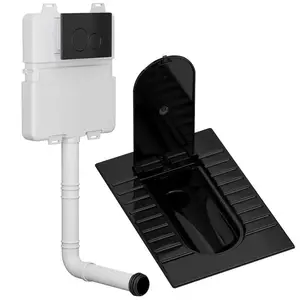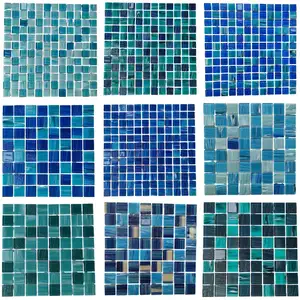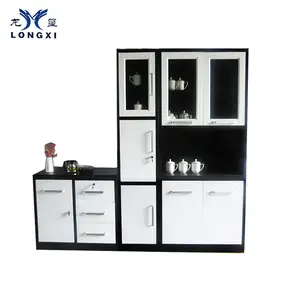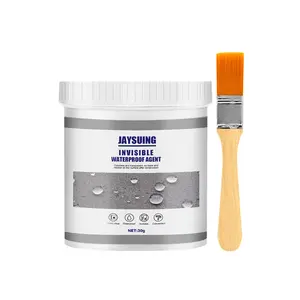Popular in your industry


















































Related Searches:













































































































Top categories
About caulk stripping
Introduction
Caulk stripping, an often overlooked yet crucial aspect of home improvement, can significantly enhance the longevity and aesthetics of your tubs, sinks, showers, and countertops. This article serves as your ultimate guide to understanding the importance of caulk stripping, the different types of caulk, and the tools required for the task. It also provides a step-by-step guide to the process, including safety precautions, preparation, and cleaning. Additionally, it offers valuable tips and common mistakes to avoid, ensuring you achieve a professional finish in your DIY projects.
Understanding Caulk Stripping
Caulk stripping, or the removal of old caulk, is a necessary task in maintaining tubs, sinks, showers, and countertops. A product like Klean Strip Caulk Remover is designed to soften and dissolve the bond of the caulk, making it easier to scrape off. This process can take anywhere from 5 to 20 minutes, depending on the type of caulk. The remover is also effective on vertical surfaces due to its thick formula that offers vertical cling. For fresh caulk, the application and wait time is reduced to just 1 minute.
Why Caulk Stripping is Essential
Caulk stripping, particularly with peel-and-stick caulk, is essential for home improvement projects. It saves time, reduces mess, and eliminates the physical strain of traditional caulking methods. Peel-and-stick caulk doesn't shrink like regular caulk, potentially increasing its lifespan. However, its effectiveness depends on correct application. Incorrect use often leads to poor results, hence the mixed reviews. If applied properly, peel-and-stick caulk can be a valuable tool in your home improvement arsenal.
Types of Caulk and Their Differences
Caulk is a waterproof material that fills and seals joints between building materials. It's typically made from a flexible polymer such as latex, silicone, or rubber. Caulk is more rigid than sealants when dry, making it suitable for areas with less expansion and contraction. There are several types of caulk: latex caulk, silicone sealant, vinyl latex, acrylic latex, adhesive caulk, fireproof caulk, and specialty caulks like butyl-rubber caulk. Each type has its unique properties and applications, making it essential to choose the right one for your project.
Tools and Materials Needed for Caulk Stripping
Caulk stripping requires specific tools to ensure an efficient and clean job. These include basic scrapers and knives, specialized hand tools, blades that attach to power tools, and even liquid solvents. The size of the tool matters, with compact tools being ideal for tight spaces, and larger tools with longer handles being more effective for large amounts of caulk. Some tools offer versatility, serving multiple functions such as scraping up caulk, opening paint cans, or tightening screws. The materials of the tools are also important, with durable metals like stainless steel or tool steel being ideal for the blades, and durable plastics, wood, or rubber for the handles.
Choosing the Right Tools
Choosing the right caulk removal tool can make the job a lot easier. There are various types, including basic scrapers, knives, specialized hand tools, and even liquid solvents. The size of the tool matters, with compact tools being ideal for tight spaces, and larger tools for extensive caulk removal. Versatility is also key, with some tools offering multiple functions. The materials used in the tool's construction, such as durable metals for blades and durable plastics or wood for handles, are important for longevity. Safety features, like blade covers and grippy handles, are also crucial to prevent accidents.
Safety Precautions During Caulk Stripping
When handling adhesives and sealants like caulk, safety is paramount. Exposure to uncured components can be harmful, hence the need for caution. Factors to consider include toxicity, flammability, and hazardous incompatibility. Resins and catalysts, for instance, can present health and safety issues. Some materials can irritate the skin and eyes, or even cause serious injury on short exposure. Solvents used to dilute the product or clean equipment can be dangerous and toxic. Always ensure to operate in a safe environment and follow manufacturer's guidelines for safe handling and disposal of adhesive and sealant products.
Step-by-Step Guide to Caulk Stripping
Caulk stripping is essential before many repairs and installations. It's a time-consuming process but worth doing right. To remove old caulk from a bathtub, you'll have to strip away the old caulking. This can be a nasty job, but doing it right will result in a bathtub that looks sparkling fresh. Also, removing caulk can leave behind unwanted residue. It's vital to remove this residue for a clean foundation for your new caulk. Any caulk left on the substrate will prevent new caulk from adhering and may lead to moldy buildup.
Preparation
Preparing the surface is a critical step in the process of caulk stripping. For successful adhesion of the new caulk, it's essential to follow the instructions carefully. This includes using the right protective equipment and reviewing all cautionary information on the manufacturer's label for guidance. Remember, a well-prepared surface ensures the effective adhesion of the new caulk, leading to a cleaner and more professional finish.
The Stripping Process
Caulk removal can be a time-consuming process, but it's essential for many household projects. To strip away old caulking, especially in areas like bathrooms where moisture and soap scum build-up is inevitable, you need to follow a meticulous process. This involves peeling off the old caulk, which can be a challenging task due to its strong sealing properties. However, doing it right will result in surfaces that look fresh and new, ready for the application of new caulk.
Cleaning and Finishing
Getting rid of old caulk can be challenging. Because caulk is meant to seal tightly and strongly, stripping it off can be a painstaking task, but it’s vital for a clean foundation for your new caulk. On top of all that, removing caulk can leave behind unwanted residue. Here’s how to remove caulk residue. Any caulk left on the substrate will prevent new caulk from adhering and may lead to moldy buildup. Do it right now and circumvent problems down the line!
Tips and Tricks for Effective Caulk Stripping
Caulk stripping is a vital process before undertaking many household projects. It may be time-consuming, but it's worth doing right. When removing caulk from a bathtub, ensure to strip away the old caulking completely. Peeling off the old caulk can be a nasty job, but doing it right results in a sparkling fresh look. Also, removing caulk can leave behind unwanted residue. It's essential to remove this residue for a clean foundation for your new caulk. Any caulk left on the substrate will prevent new caulk from adhering and may lead to moldy buildup.
Common Mistakes to Avoid
When undertaking a caulk stripping project, avoid common mistakes to ensure a successful outcome. These include mistaking sealant for caulk, forgetting the caulk gun, and failing to prep the surface. Also, avoid cutting too much off the tip, not wearing gloves, and rushing through the job. Be careful not to caulk too large of a gap, fail to tool, not allow it to dry, or let leftover caulk dry out. These mistakes can lead to poor or broken seals, compromising the effectiveness of your caulk stripping project.
Conclusion
In conclusion, caulk stripping is an essential part of maintaining and revamping your space. It not only improves the appearance of your fixtures but also extends their lifespan. The process, while time-consuming, is worth the effort when done correctly. By understanding the different types of caulk, choosing the right tools, and following the step-by-step guide, you can effectively strip old caulk and apply new ones. Remember, preparation is key, and avoiding common mistakes can save you from potential issues down the line. With this guide, you are well-equipped to undertake your next caulk stripping project with confidence and precision.



























































































